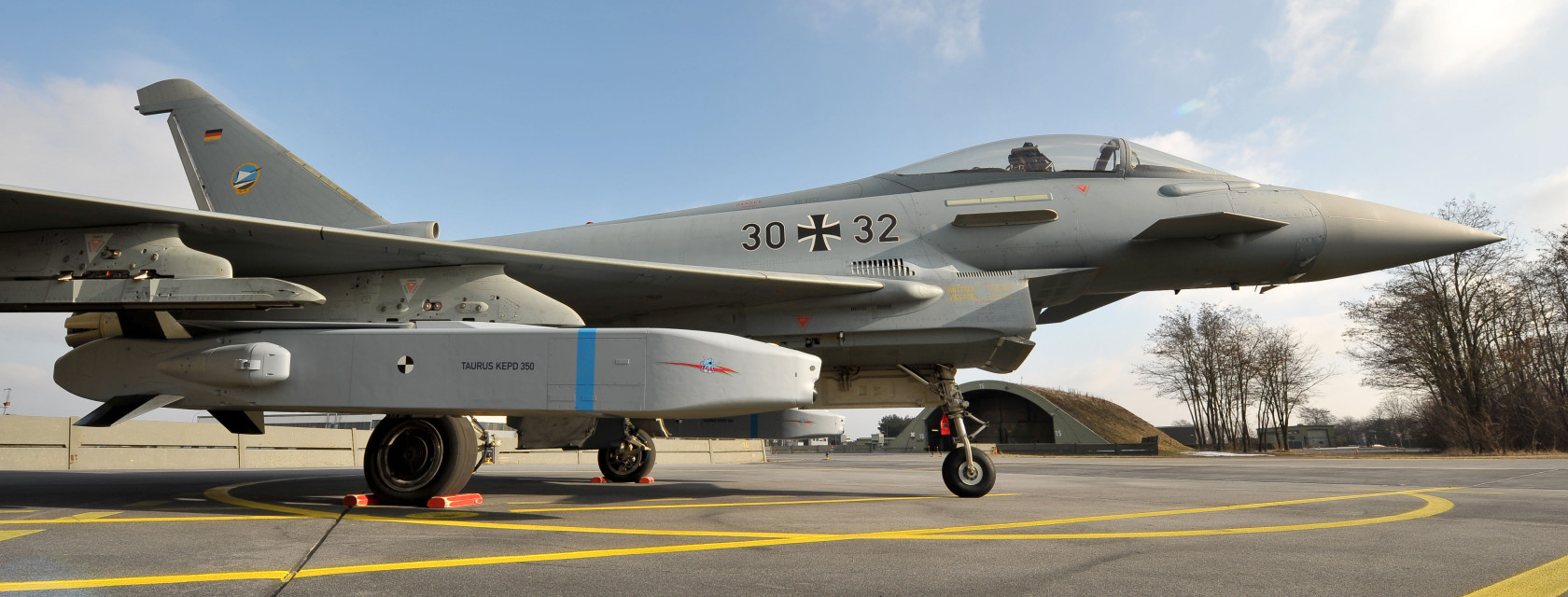Germany has ruled out supplying Taurus long-range cruise missiles to Ukrainian forces battling Russia. The German Bundestag (parliament) has rejected the opposition’s proposal to send long-range precision missiles to Ukraine.
German Chancellor Olaf Scholz contended that Taurus missiles can not be deployed without German soldiers; Germany is not ready to risk escalation by sending its troops to Ukraine.
German lawmakers, on March 14, rejected a new call by the opposition for the government to send Taurus missiles, which have a range of up to 500 kilometers and could theoretically be used to hit targets into Russian territory.
Taurus is shorthand for Target Adaptive Unitary and Dispenser Robotic Ubiquity System. In Latin, taurus means “bull.
The German and Swedish-made Taurus missiles are equipped with stealth technology, making them less visible to detection. The Taurus KEPD 350E results from the collaboration between MBDA Deutschland GmbH and Saab Dynamics AB, operating under the umbrella of Taurus Systems GmbH.
Ukraine has been requesting these missiles to complement the long-range Storm Shadow missiles provided by Britain and nearly identical Scalp cruise missiles supplied by France.
The Storm Shadows, with a range of over 250 kilometers, allow Ukraine to strike well behind the front lines, including Crimea. The Taurus missile would further augment Ukraine’s capacity to deter Russian aggression and respond effectively.
Despite months of pressure from Ukraine, Germany has not yet approved deploying the Taurus missiles. Recently, Russia leaked an audio recording of German military officers discussing the hypothetical use of Taurus missiles in Ukraine, much to Germany’s embarrassment. Kremlin, predictably, responded with threats of dire consequences should Germany continue down this path.
Bundestag rejected the opposition Union bloc’s motion by 495 votes to 190, with five abstentions. Germany has become the second-biggest supplier of military aid to Ukraine after the United States, but the German Chancellor has been stalling the supply of Taurus missiles for months now.
“From my point of view, this is a very long-range weapon,” Chancellor Scholz told parliament’s lower house, the Bundestag. “Given the significance of not losing control over targets, this weapon could not be used without the deployment of German soldiers. I reject that.”
Critics reject Scholz’s insistence that Taurus missiles could only be responsibly used with the involvement of German soldiers, whether inside or outside Ukraine—which he said is “a line that I as chancellor do not want to cross.” He has been apprehensive that the missiles would mean direct German involvement in the war.
Interestingly, both the UK and France, while providing their respective missiles, sought assurances that they would not be used to attack Russian soil. Similarly, Ukraine has pledged not to use the missiles to attack Russia itself.
The fact remains that the Taurus missiles offer Ukraine a strategic advantage by extending its reach and providing a credible deterrent against further Russian aggression.
The Russia-Ukraine war is entering its third year and has practically frozen. The front lines have seen minimal movement. Ukraine’s spring offensive did not achieve the desired success. Russia continues to occupy about 18 percent of Ukrainian territory.
Taurus – Heavier & Deadlier Than Storm Shadow
Russians are apprehensive that German-Swedish Taurus KEPD 350 air-to-ground long-range cruise missile can threaten leading Russian Air Defense (AD) systems and could be integrated with Ukraine’s existing fleet of Ukrainian Su-27 and Su-24 fighters.
Being heavier and having a longer range than the Storm Shadow and its French analog, the SCALP-EG, the Taurus could seriously threaten and damage Russian supply lines and command centers in the rear.

The Taurus missiles are presently been used by Spain, South Korea, and Germany. The high-precision stand-off guided missile can penetrate air defense systems and destroy stationary and semi-stationary military targets that are hard and deeply buried in the ground.
The missile attacks target bridges, ships in ports, runways, command, control, communication centers, bunkers, port facilities, and air base buildings. The missile is constructed of modular pieces that can be assembled in different ways depending on the mission.
Ukraine experienced initial success with its Storm Shadow missiles. However, Russia managed to shoot down a good number of the missiles and captured two nearly intact samples to study the technology and devise countermeasures.
Russia has been able to counter the Western-supplied weapons provided to Ukraine—like the High-Mobility Artillery Rocket System (HIMARS), Leopard tanks, and Bradley IFVs, which were said to be game-changing for Ukraine. It has either destroyed the systems, limited their effectiveness, or both.
Taurus missiles are meant to be used in exact attacks against heavily fortified and underground targets without exposing the aircraft to opposing air defense. The missile’s stand-off and precise capabilities and deployment range of more than 350 kilometers guarantee maximum safety for the aircraft and crew.
- Ritu Sharma has been a journalist for over a decade, writing on defense, foreign affairs, and nuclear technology.
- The author can be reached at ritu.sharma (at) mail.com
- Follow EurAsian Times on Google News




